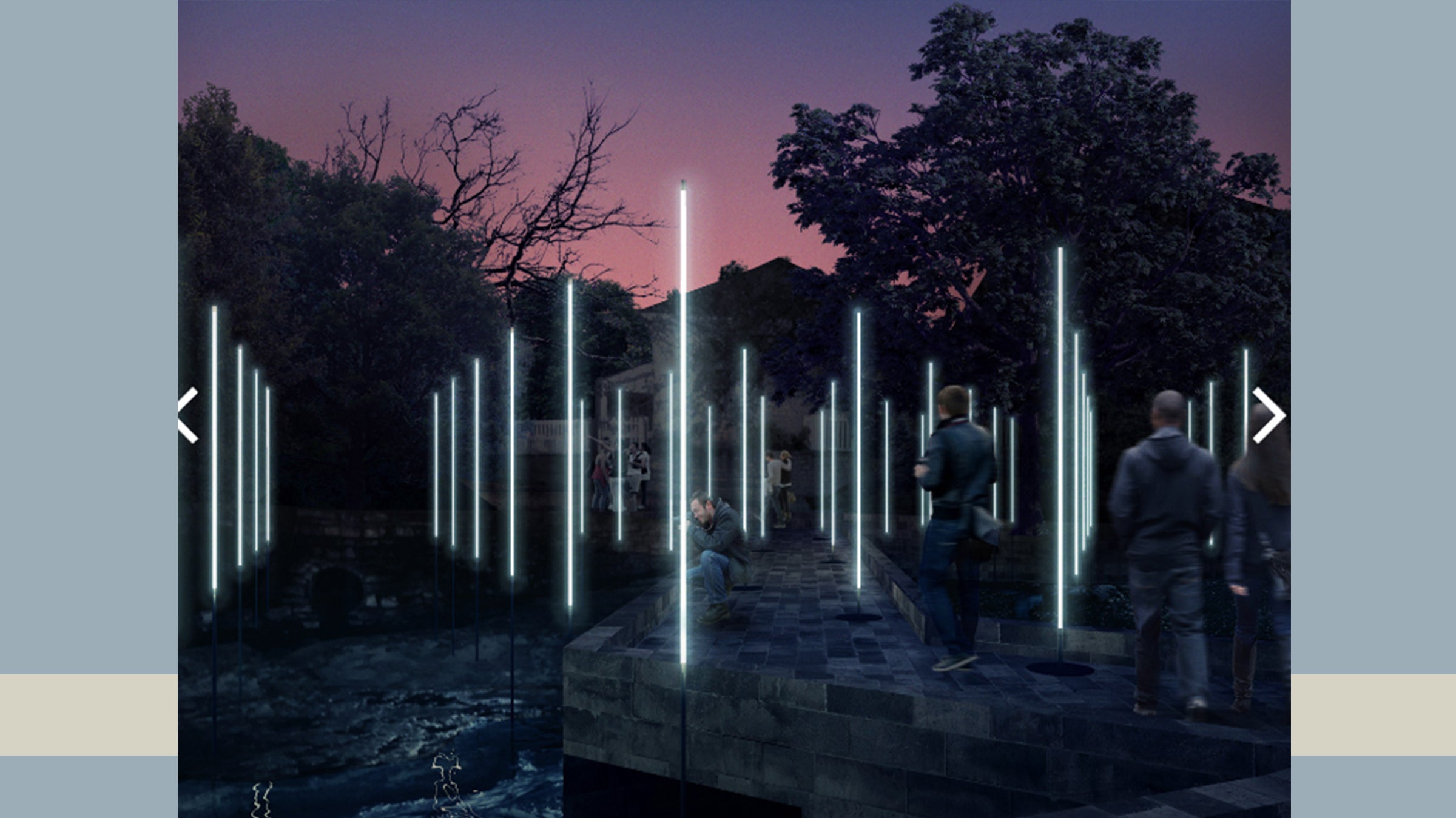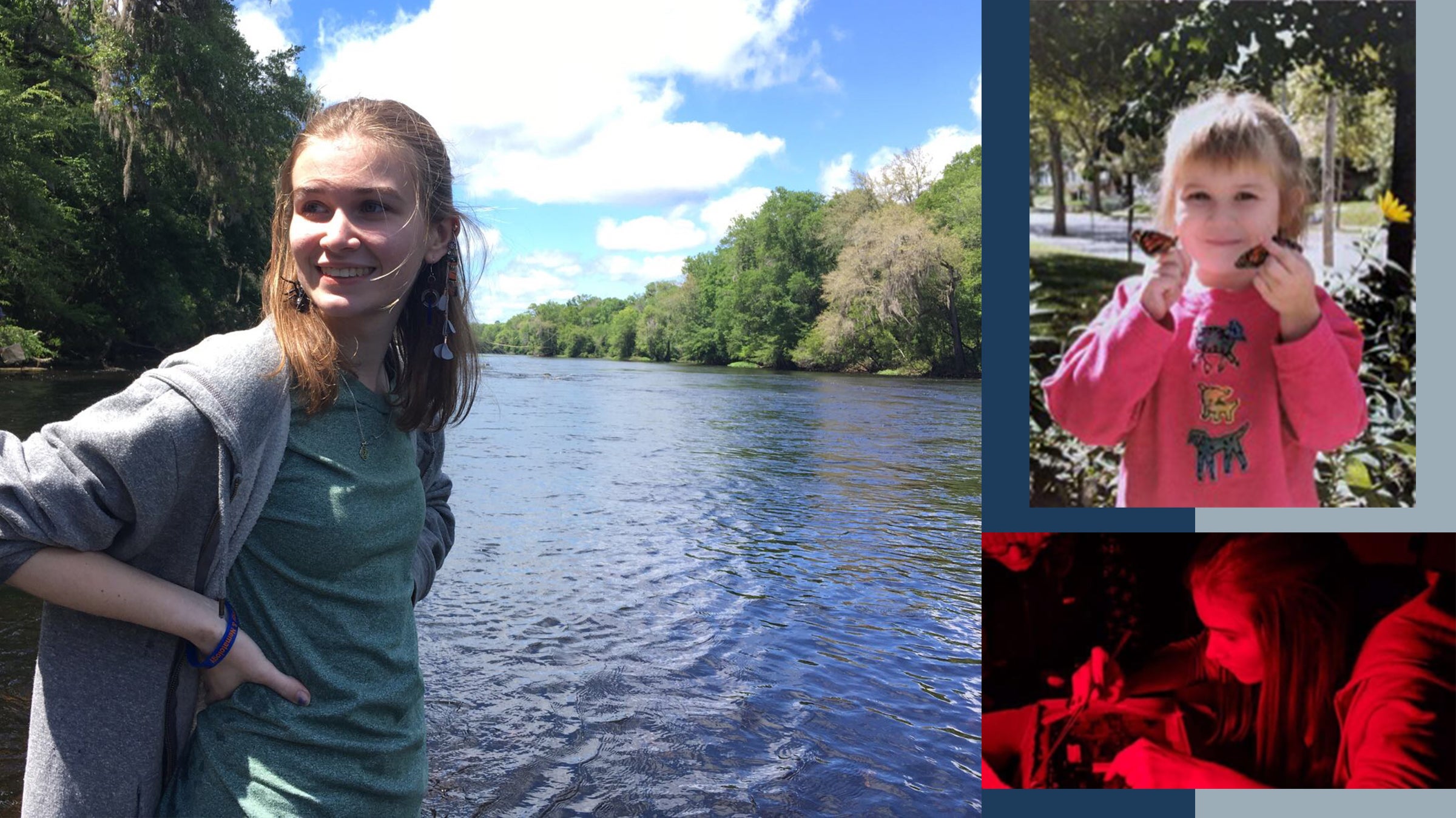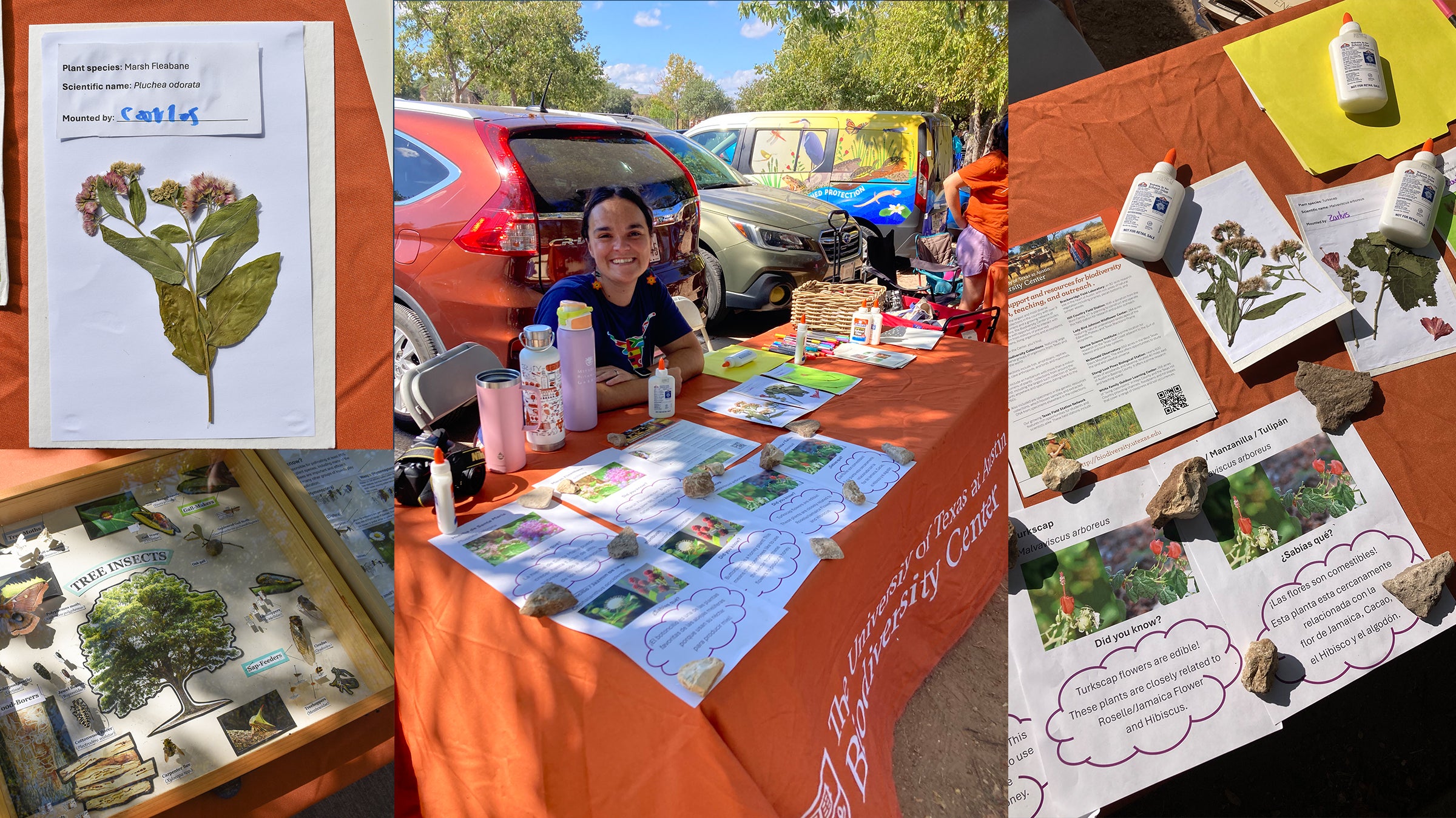
Well, Halloween is officially over, and with that comes the official start of the holiday season. While the holidays ramp up, and the weather cools down, there are some yearly occurrences happening throughout Austin that are not to be missed. One such event is the Waterloo Greenways Creek Show, organized by the Waller Creek Conservancy. Going into its 6th year, the annual event features art installations from teams of local artists, landscape architects, and designers. The installations are displayed along Waller Creek and the newly unveiled Waterloo Greenway, creating a one of a kind backdrop for some truly mind bending creations.
This year, Texas Applied Arts is taking part in the festivities, and has enlisted a group of students from a wide range of majors and backgrounds to create what is affectionately known as the “Creek Monster Habitat.” The project, which initially began in the Spring of 2019, offers these students an opportunity to collaborate on a real-world project at the intersection of art, design, and community attraction.
In creating a Creek Monster Habitat, there was an immediate recognition of the link between the people of austin, the wildlife found within Waller Creek, and the idea that animals, just like people, seek out a safe home within their environment. As spectators come up to the habitat, they will experience the melding of nature and built structure, as the trees and foliage along Waller Creek become intermeshed with the pathway, and ultimately build up into the large nest located at the intersection of Red River and 11th St. Worried about how to spot the nest? Don’t be. It will be nearly impossible to miss the glowing eyes peering out through the 10’ high egg-shaped structure.
The Creek Monster Habitat is focused on raising environmental awareness, and with that goal in mind, the dressing for the nest was created from multiple invasive species found growing along Waller Creek and other waterways throughout the Central Texas region. Arundo Donax (Arundo), Melia azedarach (Chinaberry), and Nandina domestica (Nandina) are a few of the invasives used to make up the nest facade. The use of invasive species for the nest covering serves multiple purposes. One is to bring awareness to the idea of good and bad species within an ecosystem, and to prompt reflection on what other plant species could the nest be made from that are native to this area. Another more direct goal was to use this opportunity to clear invasives from along waterways within the Austin area.
Supporting this goal was the UT Biodiversity Center, who opened their Brackenridge Field Laboratory for the group to harvest invasives within their 82-acre research tract. The group was led by research scientist Robert Plowes, who guided the crew to a sizable patch of Arundo donax growing near the water's edge as well as portions of Nandina domestica growing throughout the site. The invasives were cut at their base, with care taken not to disturb native flora in close proximity. During the visit, multiple species of beetles and a scurrying array of other insects beneficial to native ecology could be seen amongst the ground debris. A silent applause for the invasive removal could be heard coming from the mantis seen above.



